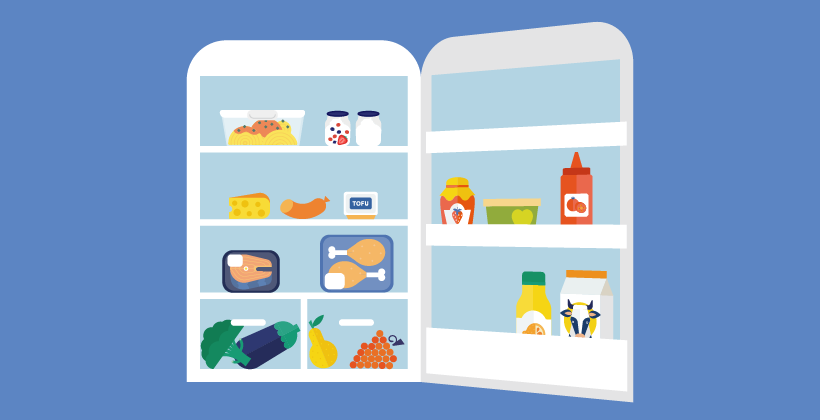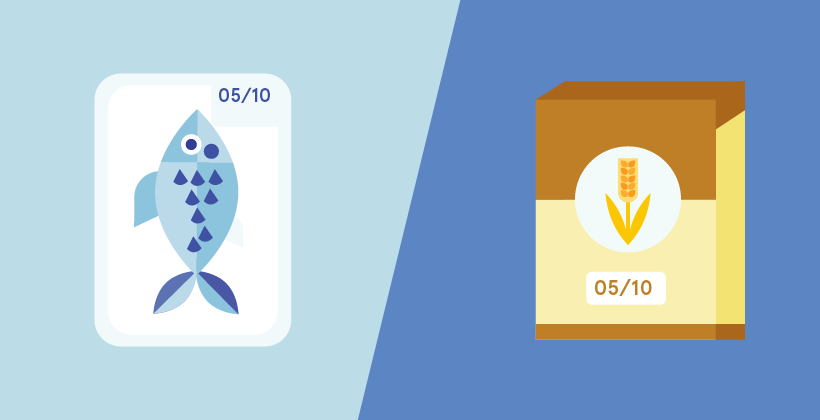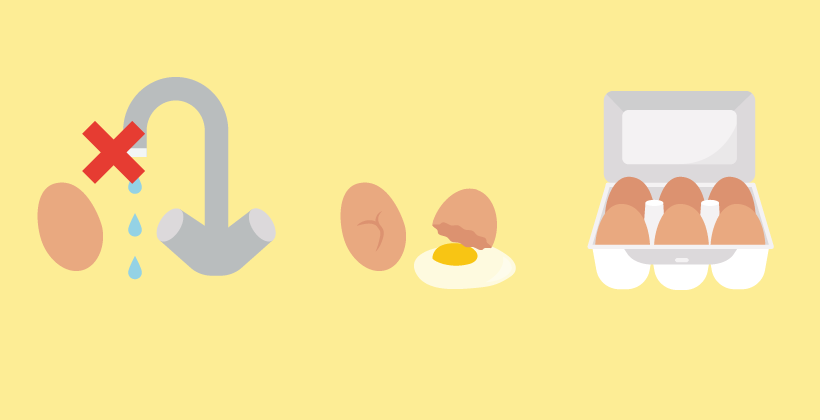Have you ever tried a food waste diary?
Last Updated : 27 September 2021Tracking and realising how much food waste we produce can help us make a change and, in the long run, reduce the amounts of food we waste. This diary template will allow you to track what food you waste, how much of it and for what reasons, as well as making notes for how to avoid wasting it in the future.
The problem: food waste at home
Even though households produce the largest portion of all food waste along the food value chain1, consumers are usually not aware of this. While every actor has a role to play, at home is where we, as consumers, can make the real difference. The further along the supply chain the food is wasted, the more resources are wasted with it, which is why it’s so important for us to be aware and make a change. Food waste alone generates about 8-10% of global greenhouse gas emissions. See Food waste in Europe: statistics and facts about the problem for more information.
It can be hard to realise how much food we actually waste when it’s part of our habits. This diary can help make the invisible visible.
Note: we are talking here about food waste only: food waste refers to the food discarded at the retailer, food service and household levels. Food loss happens during harvest, process and transportation stages.2
Food waste diary: the solution?
The diary method itself can lead to changes in food waste behaviour, as it can be a motivator for behaviour change and a visible reminder.3 It can also help researchers to gather information about the reasons for wasting food at home, how we dispose of it, how much of it we waste and how often. Although this system can be demanding and time-consuming, participants have been shown to develop more conscientious behaviour after reporting their food waste habits for a certain period.4
Keeping a food waste diary can help consumers understand their role in reducing global food waste by making us feel part of the positive change. Although food waste (and loss) happens at all stages of the supply chain, this is where our combined efforts as consumers can make a difference.
Download our templates or create your own version to make a change in your food waste habits:
References
- UNEP (2021) UNEP Food Waste Index report.
- FAO. Food loss and food waste.
- Sharp et al. (2010) Comparing wasted apples and oranges: an assessment of methods to measure household food waste.
- Amman et al. (2020) Comparison of two measures for assessing the volume of food waste in Swiss households, Resources, Conservation & Recycling, Science Direct vol. 166.



